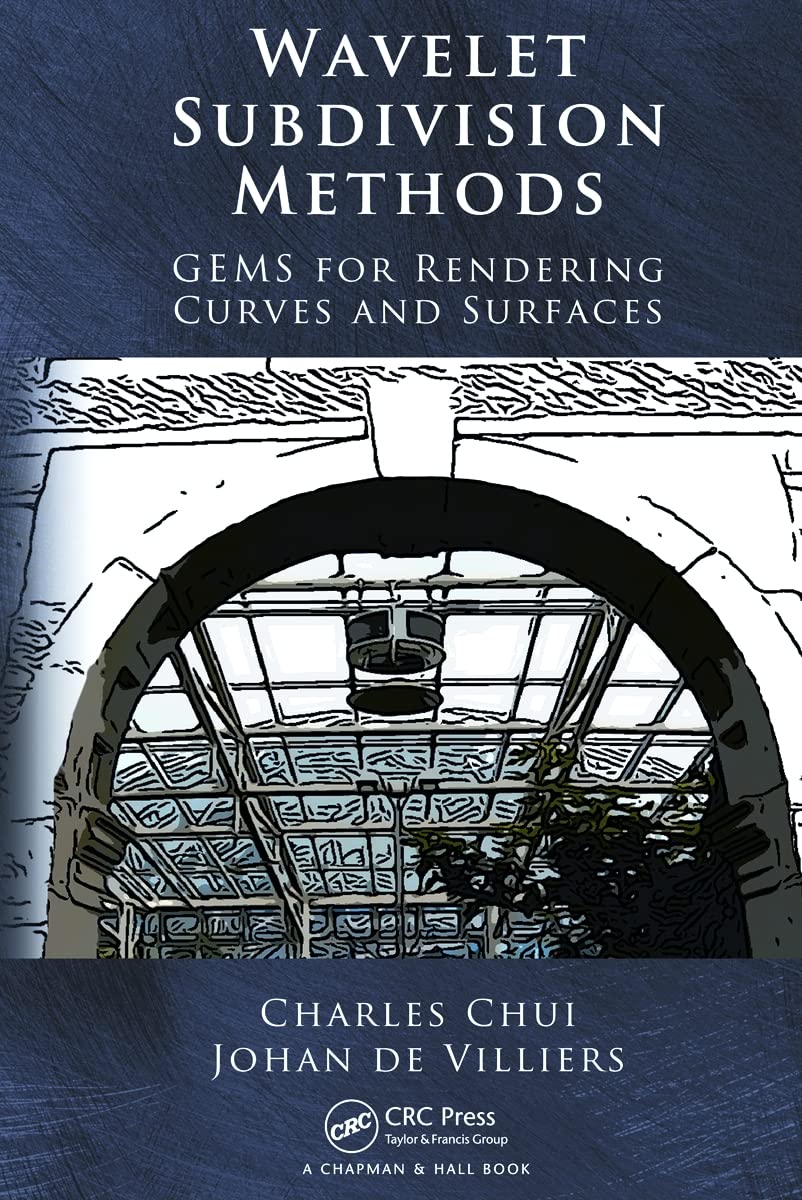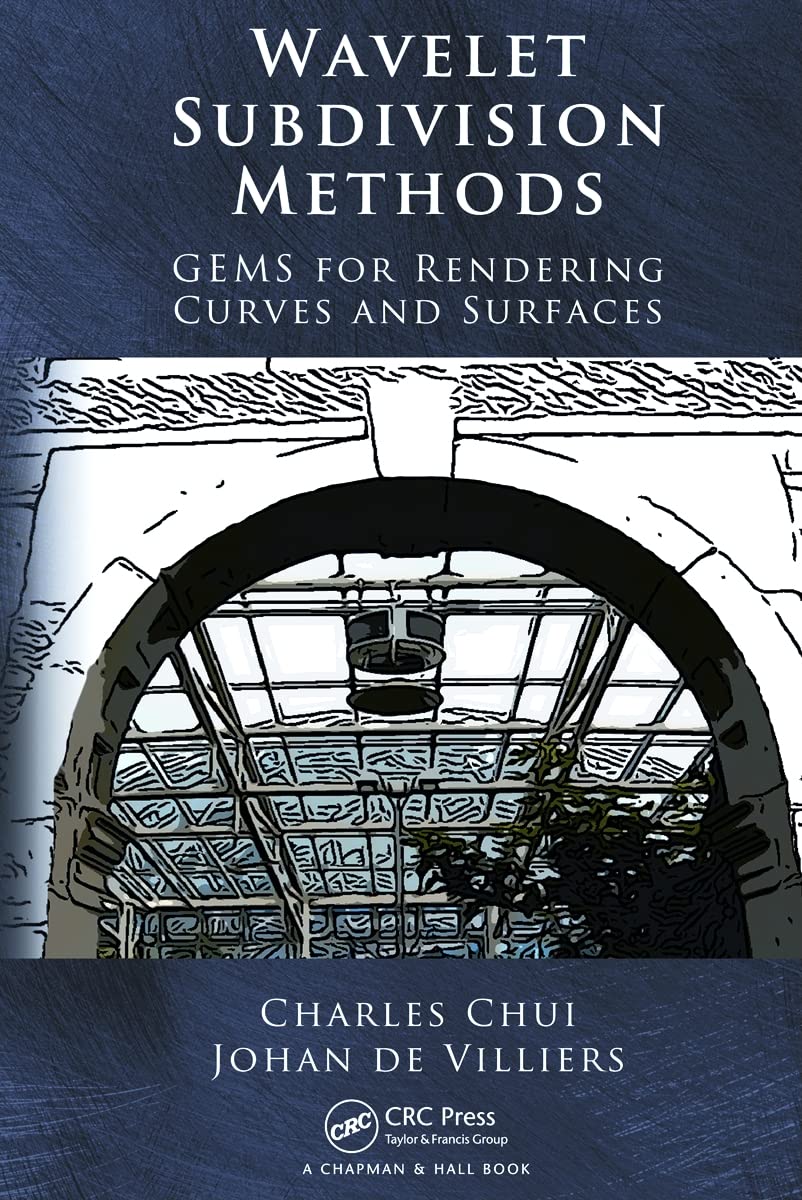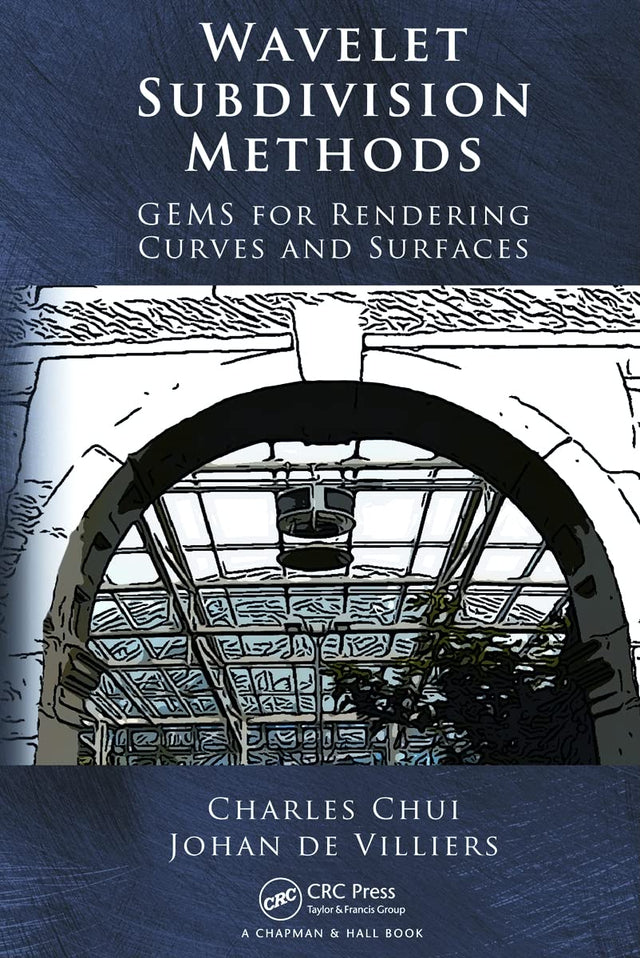Wavelet Subdivision Methods: GEMS for Rendering Curves and Surfaces
Wavelet Subdivision Methods: GEMS for Rendering Curves and Surfaces is backordered and will ship as soon as it is back in stock.
Couldn't load pickup availability
Genuine Products Guarantee
Genuine Products Guarantee
We guarantee 100% genuine products, and if proven otherwise, we will compensate you with 10 times the product's cost.
Delivery and Shipping
Delivery and Shipping
Products are generally ready for dispatch within 1 day and typically reach you in 3 to 5 days.
Book Details
-
Author: Charles Chui
-
Publisher: CRC Press
-
Language: English
-
Edition: 1
-
ISBN: 9781439812150
-
Pages: 479
-
Binding: Hardcover
-
Format: Illustrated
About the Book
In the world of animation movies and interactive games, subdivision methods play a crucial role in efficiently rendering curves and surfaces. Wavelet Subdivision Methods: GEMS for Rendering Curves and Surfaces by Charles Chui adds a new dimension to this established technique by introducing geometry editing and manipulation schemes (GEMS). This groundbreaking book covers both subdivision and wavelet analysis, providing an effective framework for generating and editing parametric curves and surfaces with desirable geometric shapes.
The author carefully develops a constructive theory and presents algorithms to derive synthesis wavelets that have minimum support and any desired order of vanishing moments, along with decomposition filters. Through numerous detailed examples, the book demonstrates how to represent curves and construct convergent subdivision schemes.
This comprehensive resource also delves into subdivision schemes for parametric curve rendering, offering algorithms for implementation, and includes theoretical development and examples of commonly used schemes for rendering both open and closed curves. The book further extends cardinal B-splines to box splines for surface subdivision and develops a theory on the existence and regularity of interpolatory scaling functions.
By keeping mathematical derivations at an elementary level without sacrificing rigor, this book provides a clear approach to applying bottom-up wavelet algorithms to curve and surface editing. It integrates subdivision methods with wavelet algorithms, offering an accessible yet mathematically sound approach, making it an essential guide for anyone looking to deepen their understanding of wavelet subdivision in computer graphics.





